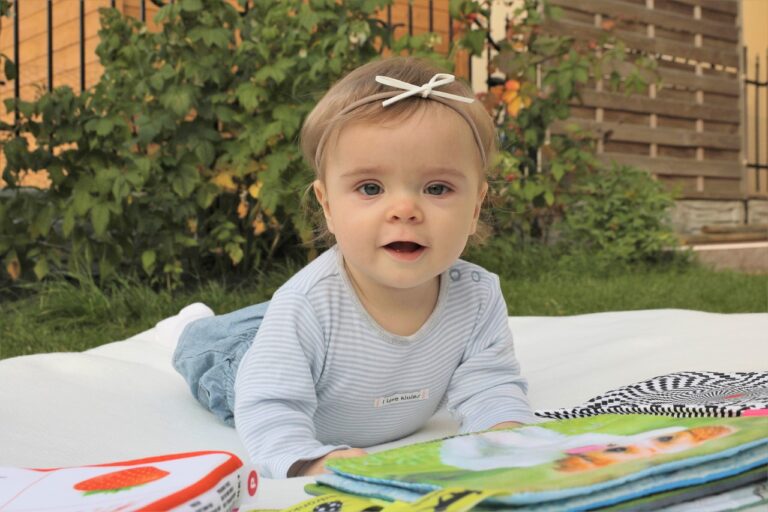Promoting Culturally Responsive Teaching in Religious Studies
In the field of religious studies, it is essential to acknowledge and appreciate the vast cultural diversity that exists among different belief systems. From ancient traditions to contemporary practices, each religion is deeply intertwined with the cultural context in which it originated. Studying these diverse cultural backgrounds allows for a deeper understanding of the beliefs, rituals, and values that shape religious communities.
Exploring cultural diversity in religious studies also helps to break down stereotypes and misconceptions that may exist about certain faith traditions. By delving into the unique customs, languages, and histories associated with various religions, students can gain a more nuanced perspective on the multifaceted nature of human spirituality. Embracing this diversity not only enriches academic discussions but also fosters a sense of respect and empathy towards different religious practices and beliefs.
The Importance of Cultural Sensitivity in Teaching Religious Studies
Teaching religious studies requires a deep understanding and appreciation of cultural diversity. By being culturally sensitive in the classroom, educators can create an inclusive environment that respects and values different beliefs and practices. This approach not only fosters mutual respect among students but also encourages critical thinking and open-mindedness.
Cultural sensitivity in teaching religious studies also involves acknowledging the historical and social contexts that have shaped various religious traditions. Educators should strive to present information in a way that highlights the complexities and nuances of different belief systems, rather than perpetuating stereotypes or misinformation. Emphasizing cultural sensitivity in the classroom can help students develop a more holistic understanding of religion and its role in society.
Incorporating Different Perspectives in Religious Studies Curriculum
Religious studies curriculum should strive to encompass a wide array of perspectives to offer students a comprehensive understanding of diverse belief systems. By including teachings, practices, and insights from various cultures and traditions, educators can foster a more inclusive learning environment that promotes tolerance and respect for different beliefs. This approach not only enriches students’ knowledge but also encourages critical thinking and open-mindedness in exploring the complexities of religion.
Furthermore, incorporating different perspectives in religious studies curriculum can help students develop a more nuanced understanding of the interconnectedness of belief systems across different cultures and societies. By examining how various religions interpret and respond to fundamental questions about existence and meaning, students can gain valuable insights into the commonalities and differences that shape human spirituality. This comparative approach encourages students to appreciate the diversity of religious experiences and worldviews, ultimately fostering a deeper appreciation for the complexity and richness of global religious traditions.





